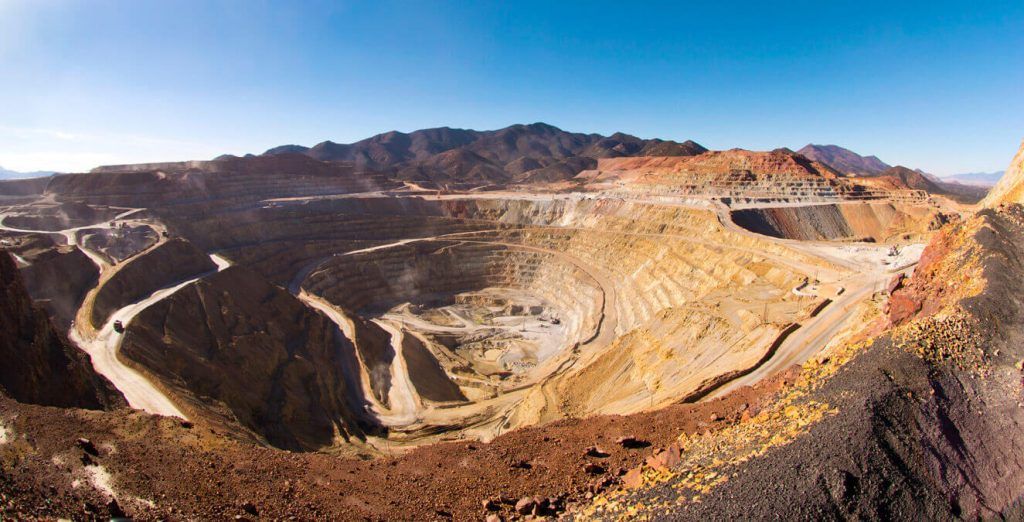One of the main factors in the drop in investment in mining exploration in Mexico is due to the elimination of the immediate deductibility of investments in this area, according to the Mexican Mining Chamber (Camimex).
For this reason, it has maintained its demand to again allow 100% deduction of mining exploration expenses made in pre-operational periods, the same year they are exercised.
Mexico received 382 million dollars of investments in mining exploration in 2019, a fall of 35.9% year-on-year, according to data from Camimex.
Changes in the sector
On October 31, 2013, the Mexican Congress approved the 2014 Mexican tax reform package. Among other things, the reform enacted a corporate income tax rate of 30%, expanded the tax base, eliminated the commercial rate tax Unique and introduced a 7.5% tax deductible mining royalty on taxable earnings before deduction of interest, taxes, depreciation and amortization, with precious metal mining companies paying an additional 0.5% on gross precious metal earnings.

In addition, a new 10% income tax withholding is imposed on dividend distributions at the distribution corporation level.
The Mexican tax reform package became effective on January 1, 2014, is applied prospectively and, therefore, affects the future profits of the operations of mining companies in Mexico.
Subsequently, on July 1, 2018, Andrés Manuel López Obrador was elected President of Mexico. In November 2018, Angélica García Arrieta, a senator in López Obrador’s Morena party, called for stricter regulations that included giving more powers to communities and the government.
As a result, Morgan Stanley downgraded some mining companies with operations in Mexico out of concern that the new Congress is considering up to 11 bills or resolutions that could have a «material» impact.
It is not clear if these bills or resolutions will be enacted or if López Obrador will impose more changes that could affect companies with mining operations in Mexico.
Mining exploration
Mining development risk is concentrated in the exploration stages and decreases as the operation stage progresses. In addition to large companies, companies called juniors (small and medium) are more focused on exploring.
In 2018, in mining exploration in Mexico, 596 million dollars were invested, a decrease of 2.6% year-on-year.
In general, according to Camimex, Mexico continues to be a focus for attracting capital to invest in mining exploration, however, there is a significant contraction in investments, derived from the tax burden that increases the operating costs of companies, blockades and illegal stoppages , announcements on the policy of cancellation of concessions, as well as the insecurity present in many mining regions of the country.
Although the mining sector continues to be very active, it is important to promote investment in mining exploration in Mexico. The industry continues to face difficult challenges, as investment capital continues to be of limited access.
Mining involves high investments, very long periods of study or research, and reduced probability of success. Once mining operations begin, the life of the mine depends on the contained mineral reserves and always subject to further investment and studies. Closing a mine also takes commitment, time, and money. Starting exploration at a mining concession requires long-term, high-risk, and high-investment research.
To promote this activity, Camimex concludes, incentives that encourage mining companies to explore new deposits that ensure a healthy and solid development of the mining industry.

